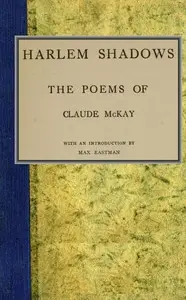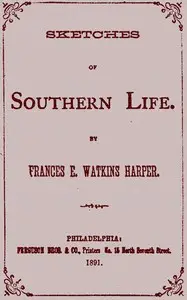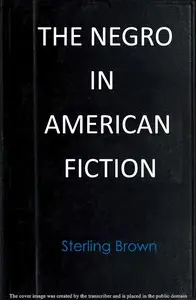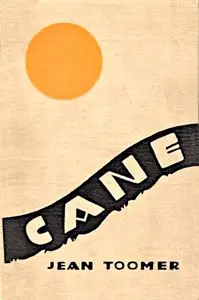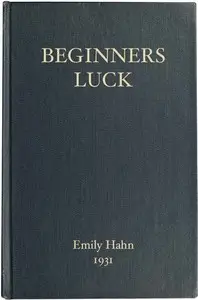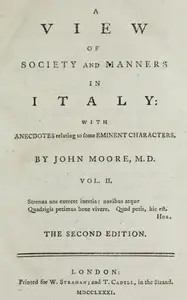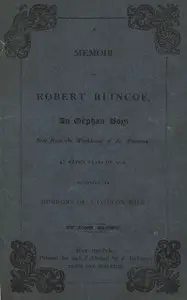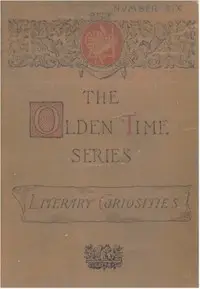"Cane" by Jean Toomer is a series of connected stories, poems, and sketches from the early 1900s that shows what life was like for Black people, both in the countryside down South and in cities up North. It uses beautiful language to capture their lives, hardships, and what they hoped to achieve. We meet characters like Karintha and Becky, who help us understand what it was like dealing with identity in a country divided by race, while also exploring ideas of beauty, sadness, and how complex society can be. "Cane" starts by painting a picture of life in Georgia through Karintha, who is known for her beauty but also has a difficult life, with the story touching on her journey and growth, as well as the social challenges she comes up against. Through powerful descriptions and different experiences, it looks closely at race, identity, and art.

Cane
By Jean Toomer
In the early 20th century, experience life in the South as a Black individual navigating identity, beauty, and sorrow in a racially charged society.
Summary
About the AuthorJean Toomer was an American poet and novelist commonly associated with the Harlem Renaissance, though he actively resisted the association, and with modernism. His reputation stems from his novel Cane (1923), which Toomer wrote during and after a stint as a school principal at a black school in rural Sparta, Georgia. The novel intertwines the stories of six women and includes an apparently autobiographical thread; sociologist Charles S. Johnson called it "the most astonishingly brilliant beginning of any Negro writer of his generation". He resisted being classified as a "Negro" writer, as he identified as "American". For more than a decade Toomer was an influential follower and representative of the pioneering spiritual teacher G.I. Gurdjieff. Later in life he took up Quakerism.
Jean Toomer was an American poet and novelist commonly associated with the Harlem Renaissance, though he actively resisted the association, and with modernism. His reputation stems from his novel Cane (1923), which Toomer wrote during and after a stint as a school principal at a black school in rural Sparta, Georgia. The novel intertwines the stories of six women and includes an apparently autobiographical thread; sociologist Charles S. Johnson called it "the most astonishingly brilliant beginning of any Negro writer of his generation". He resisted being classified as a "Negro" writer, as he identified as "American". For more than a decade Toomer was an influential follower and representative of the pioneering spiritual teacher G.I. Gurdjieff. Later in life he took up Quakerism.




